Songxian Tianchishan National Forest Park
The Tianchishan National Forest Park in Songxian County, Luoyang City, is located in Xionger Mountains, northwest of Songxian County, Luoyang City, with a total area of 1716 hectares and a forest coverage rate of over 98.57%. Wang Mangzhai, the main peak, is 1859.6 meters above sea level. It is named Tianchishan because of its three natural Tianchi pools, i.e. upper, middle and lower. There are mainly five scenic spots: Feilaishi, Tianchi, Yunuxi, Han Wang Tomb and Erlanggou. They are national AAAA-level tourist attractions.
geographical environment
Location context
Luoyang Songxian Tianchishan National Forest Park is located in Xionger Mountain, northwest Songxian County, Luoyang City, with a total area of 1716 hectares. It is located at 112 16'- 112 37', 34 32'- 34 45', 98 km from Luoyang, adjacent to Zhengzhou in the east, Sanmenxia in the west, bordering the Yellow River in the north, Pingdingshan and Nanyang in the south.
Landforms
The landscape of Tianchishan National Forest Park in Songxian County of Luoyang is mainly composed of Zhongshan (Xionger Mountain), hills and valleys, with an altitude of 850-1859.6 M. Wang Mangzhai, the main peak, is 1859.6 meters above sea level. Its lower peaks are towering, surrounded by mountains, deep valleys are narrow, and mountains are lofty. Its terrain is high in the north and low in the south, forming two long oblique and fan-shaped forest areas.
climate
Tianchishan National Forest Park in Songxian County, Luoyang, has a continental climate in the north temperate zone. It is dry in spring, hot and rainy in summer, mild in autumn and cold in winter. The annual average precipitation is 812 millimeters, and the annual maximum temperature is 28 degrees Celsius.
hydrology
There are three large rivers in and around Tianchishan National Forest Park in Songxian County of Luoyang, namely, Yihe River, Ruhe River and Baihe River, which belong to the Yellow River, Huaihe River and Yangtze River basins respectively. There are 41 rivers in Yihe River, such as Qinghe River, Longtan River, Dazhang River, Manyu River, Dawanggou River, Lugou River, Shagou River, Luozhuang River, Jiazhai River, Gaodu River, Luogou River, Jiaojian River, Bada River and Fengyang River. Class tributaries. Ru River has 47 first-class tributaries, such as Longchiman River, Huangbai River, Yunlianggou River, Silk River, Chantang River, Daohuigou River, Nurturing River, Fugou River and Nanhe River. Baihe River originates from the north foot of Yuhuangding in Funiu Mountain. It has tributaries such as Huangyahe River, Liushan River, Yahe River, Baitiao River, Luan River, Turbulent River and Diao River.
Resource situation
Resource characteristics
Tianchishan National Forest Park, Songxian County, Luoyang, has many exotic flowers and ancient trees, a wide range of animal and plant species, more than 1 800 species of trees and shrubs in 71 families, and 184 species of animals. It is one of the most well-preserved primitive forests in eastern Chongqing. Green trees stand tall and ancient trees are towering. It gives people an old, primitive and secluded feeling. It is called "natural plant gene bank". There are also glacial remnants of the second century, the world's rare and endangered plant Taxus chinensis (the first-level national protected plant), covering an area of more than 7000 mu.
Resource types
Animal resources
There are 184 species of wildlife living and growing in Tianchishan National Forest Park, Songxian County, Luoyang. There are more than 100 kinds of rare animals such as leopard, sweater deer, otter, ferret, antelope, deer, and rare birds such as grey tits, starlings, woodpeckers, bamboo chickens and so on.
plant resources
There are more than 1800 species of plants growing in Tianchishan National Forest Park, Songxian County, Luoyang. There are nearly 1000 rare or high economic value plant resources, such as Fraxinus mandshurica, Eucommia ulmoides, Cochinchinus fortunei, Metasequoia glyptostroboides and Acer pentagonatum.
water resource
The water area of Tianchishan National Forest Park in Songxian County of Luoyang is 10400 square meters, with an average water depth of 5 meters and water storage capacity of 520 million cubic meters. It is known as "the third largest alpine Tianchi in China" after Changbai Mountain Tianchi and Tianshan Tianchi.
Major attractions
Yunuxi River
Yunuxi River is located at the confluence of Beigou River and Hanwangfen River. It has developed a total length of 3.1 kilometers with a total drop of less than 260 meters. Its bed bed is granite, white as jade, and its waterfalls connect with each other. The valleys are deep and the waterfalls on both sides are like screens and dense forests. It is famous for its fantastic charms and spectacular emptiness. It has cliffs, swift waterfalls, deep pools, shallow marshes, ancient trees and exotic flowers. This is the case. The main attractions are: Sister Tan, Di Fan Fan Fan, Xieyu Spray Beads, Happy Gorge, Comb Table, Baigui Qingdao, Baoxiangtan, Carp Love Water, etc.
Erlanggou
Erlanggou is full of masculinity of men. Legend has it that Erlanggou was named for the place where Erlang God slaughtered nailed dragons. There are cliffs, deep pools and streams, rapid waterfalls, clear water, clean stone, huge stone accumulation, forming many landscapes such as caves, waterfalls and pools. Ancient willows cover the sky, Erlanggou scenic area is quite exploratory. The main scenic spots are Shuangxi Pool, Longfeng Waterfall, Lutang Waterfall and Big Cave. Tian, Xiao Dongtian, Longcave Waterfall, Mingmoutan, Hongqiao Wobo and other natural landscapes.
Apricot ditch
Xingzigou is located in the south of Tianchishan National Forest Park, Songxian County, Luoyang. The mountain is steep and the gap between deep valley and deep valley is large. The difference between upstream and downstream reaches reaches 1100 meters. The falls of more than 100 meters include cascade waterfalls and curtain waterfalls.
Crescent Moon Pond
The crescent moon pool is a river valley pool, similar to the crescent moon, so it is named crescent moon pool. It is 20 meters long and 5 meters wide. Its deepest depth is 2 meters. The water of the pool is clear. It is formed by the overflow of water from Tianchi Lake. There are strange trees and flowers on both sides of the cliff. Next to it is the Yunuxi Walkway. The road is flat and easy to visit.
Lutang Waterfall
The Lutang Listening Waterfall is composed of a waterfall and a pond, with a fall of 3 meters, a waterfall width of 1.5 meters, a depth of 2.5 meters, an area of 50 square meters, granite bare in the center of the pond, reeds and wild flowers in the pond and pond, not only has good water quality, but also has birds, rabbits and other animals. The whole scenic area is quiet and dynamic, the environment is elegant and pleasant, so that the Retang Listening Waterfall has a high summer view. Value.
Rouge Lake
Carmine Lake is a river valley lake, similar to rectangular shape, 160 meters long and 30 meters wide. Its water area is about 5000 square meters. Its deepest water reaches 4 meters. The lake is clear and bottomless. It is composed of mountain springs and rainwater. The West Bank of Yanzhi Lake is a granite cliff and the east bank is close to Tianshan Highway. In 2002, Tianchishan National Forest Park, Songxian County, Luoyang, built a 30-meter-long and 1.5-meter-wide dam downstream of Yanzhi Lake, which made the water converge and become an important lake landscape in Tianchishan Forest Park.
Tear organ
Tear waterfall is an alpine river waterfall along the Yunu River along the fifth-grade waterfall of Tianchi Mountain. When it passes Erlanggou, the water suddenly falls down the fault of granite riverbed. The waterfall is 6 meters wide and 20 meters low. The upper reaches of the tear waterfall is a bright eye pool, which gathers the water and increases the flow of the waterfall. The tear waterfall from high to hard riverbed forms a deep pool and forms a combination of pools and pools.
Flying waterfall
Feilai Waterfall is the second landscape of Erlanggou entrance. The fall of the waterfall is 8.5 meters from the cliff. The waterfall is 3 meters wide. There are numerous flowing springs under it. It is quite spectacular. The river bed of the waterfall is granite structure. The water quality is clear and bottomless. There is a deep pool under the waterfall, 2.5 meters deep. The water area is nearly 45 square meters. The whole landscape is connected with the waterfall pool, which is both masculine and feminine. It is one of the best scenic spots in Erlanggou.
Dragon and Phoenix falls
Longfeng Waterfall is a Valley-type waterfall in Tianchi Mountains. A stream flows from top to bottom, forming two waterfalls with different shapes and close positions. The drop is 4 meters. The width of Longfeng Waterfall is 0.7 meters. The width of Fengfeng Waterfall is 1.5 meters. The forest coverage around Longfeng Waterfall is more than 95%. Under the Dragon and Phoenix Waterfall is an elliptical pool. The whole landscape is beautiful like Dragon and Phoenix Water Playing.
Jade spray
Xieyu sprinkler is a waterfall falling down the cliff like Xieyu on the white and bright granite wall. The fall of the whole waterfall is about 6 meters wide and 3 meters wide. In rainy season, the water flow is 1.5 cubic meters per second, and the surrounding areas are mostly birch trees. Waterfalls and pools are connected, plants are set off, and the environment is elegant, which is really a good place.
Cascade five
Tianchi Mountain Grade Five Falls is a group of falls falling from cliffs step by step. It falls from Tianchi along the white granite riverbed to the upper reaches of Yunuxi River for five successive grades, with a drop of 300 meters and a width of about 15 meters. It is the largest waterfall in Tianchi Mountain. Most of the falls are surrounded by pine trees and birch trees. The vegetation coverage rate is over 95%.
Heaven Pool
Tianchi Scenic Area is one of the main scenic spots of Tianchishan National Forest Park in Songxian County, Luoyang. It integrates lakes, forests, waterfalls and natural oxygen bars. It has an ornamental area of more than 2,000 mu, an elevation of 1,630 meters, a forest coverage rate of more than 90%, a maximum annual temperature of no more than 25 C, fresh air, rich in active oxygen and negative particles, and can be called natural oxygen bar. Quercus, Cyclobalanopsis and bush. Flowers and plants mainly include golden needles, spiraea, lilies and other wild flowers and plants. Tianchi Scenic Spot is mainly composed of ornamental alpine, Tianchi, Linhai and waterfalls. It has the third largest alpine Tianchi in China, the first Metasequoia forest in North China and larch forest. It has Tianchi Grade Five Falls with a drop of up to 300 meters. It is a famous summer resort and tourist attraction.
Tianchi is an alpine natural lake landscape, surrounded by mountains, densely forested, mostly Pinus tabulaeformis and birch trees, with forest coverage of more than 90%. Tianchi Mountain Tianchi is a collection of mountain springs and rainwater. It does not dry up all the year round. Tianchi water area of 10500 square meters, oval shape, clear lake bottom, for natural mineral springs, no pollution, the deepest water up to 5 meters, according to the area and altitude above 1000 meters in the alpine lakes in Changbai Mountain Tianchi, Tianshan Tianchi after the third.
Development and construction
On August 9, 2012, Henan Provincial Supply and Marketing Cooperative and Songxian People's Government signed a framework agreement for the cooperative operation of Tianchishan National Forest Park. According to the agreement, Henan Provincial Society will contract for 50 years the tourist resources and the right to use the tourist areas, operating facilities and supporting infrastructure, land and forestland in Wangmangzhai Forest Farm and Tianchishan Scenic Area, and invest in Songxian County to build a distribution center integrating the acquisition, processing and sale of agricultural and sideline products. Songxian County Committee and county government will give preferential policies on transportation, taxes and fees. Enter "Tianchishan" brand building.
Transport line
Peripheral traffic
Tianchishan-Songxian Deting Township-Deting Township Three Gorges Village-Luoluan Expressway-eastward to Songxian County Township-Luoyang
Tianchishan-Songxian County-Yichuan Expressway Intersection-Zhengshaoluo Expressway-Zhengzhou
Tianchishan-Songxian County-Yichuan Expressway Intersection-Luonan Expressway-Lianhuo Expressway-Kaifeng
Tianchishan-Zhengshaoluo Expressway-Zhengzhou-Beijing-Zhuhai Expressway-Xinxiang-Anyang
Tianchishan-Lianhuo Expressway-Kaifeng-Shangqiu
Tianchishan-Luonan Expressway-Liangguang Expressway-Pingdingshan-Luohe-Jingzhu Expressway-Zhumadian
Tianchishan-Luonan Expressway-Lianhuo Expressway-Xi'an
Tianchishan-Luonan Expressway-Lianhuo Expressway-Kaifeng-Lankao-Heze
Tianchishan-Luonan Expressway-Luoyang-Taiyuan
Tianchishan-Lianhuo Expressway-Zhengzhou-Xuzhou
Tianchishan-Lianhuo Expressway-Zhengzhou-Beijing-Zhuhai Expressway-Handan
Tianchishan-Luonan Expressway-Liangguang Expressway-Luohe-Fuyang, Anhui Province
Luoyang-Yichuan-Songxian County Town-Songxian Three Gorges Village-Deting Township of Songxian County-Tianchishan Mountain (98 km long via Luoluan Expressway and Tianshan Road)
Zhengzhou-Luoyang-Songxian County Town-Songxian Three Gorges Village-Songxian Deting Township-Tianchishan (via Zhengshaoluo Expressway or Lianhuo Expressway, 165 km in length)
Kaifeng-Luoyang-Tianchishan (through Lianhuo-Liangguang Expressway, 310 km in length)
Anyang-Xinxiang-Zhengzhou-Tianchishan (via Beijing-Zhuhai, Lianhuo, Liangguang Expressway, 410 km in length)
Shangqiu-Kaifeng-Tianchishan (via Lianhuo-Liangguang Expressway, 450 km in length)
Zhumadian-Luohe-Yichuan-Songxian-Tianchishan (via Beijing-Zhuhai Expressway and Luonan Expressway, 380 km in length)
Xi'an-Luoyang-Tianchishan, Shaanxi Province (through Lianhuo-Liangguang Expressway, 920 km in length)
Heze-Kaifeng-Tianchishan, Shandong Province (via Lianhuo Expressway, 450 km in length)
Taiyuan-Luoyang-Tianchishan, Shanxi (950 km in length)
Xuzhou-Zhengzhou-Tianchishan, Jiangsu Province (via Lianhuo Expressway, 610 km in length)
Handan-Zhengzhou-Tianchishan, Hebei Province (via Beijing-Zhuhai and Lianhuo Expressway, 660 km in length)
Fuyang-Luohe-Tianchishan, Anhui Province (via Beijing-Zhuhai-Luonan Expressway, 510 km in length)
Internal traffic
1. Scenic Spot Gate-Central Area (Scenic Spot kilometers can reach about 5.3 kilometers directly)
2. Central area to all scenic spots
1) There are two routes in the central area-Feilaishi Scenic Area:
Central District - Feilaishi Scenic Area (Walking Stone Step Road)
Central District - Beigou Service Area - Feilaishi Scenic Area (by bus)
2) There are two routes in the central area-Tianchi Scenic Area:
Central District - Tianchi Nanfeng Parking lot - Tianchi (by car)
Central District - Yunuxi Scenic Area - Beigou Service Area - Tianchi (Walking)
3) Yunuxi Scenic Area (50 meters west of the central area is Yunuxi Scenic Area)
4) Central Area - Erlanggou Scenic Area (100 meters southeast of the Central Area is Erlanggou Scenic Area)
2. Feilaishi Scenic Spot to Scenic Spots
1) Feilaishi Scenic Area-North Peak of Tianchi-Tianchi
2) Feilaishi scenic spot-Yunuxi scenic spot has two routes:
Feilaishi Scenic Area-Beigou Service Area-Yunuxi (along Scenic Highway)
Feilaishi Scenic Area - Central Service Area - Yunuxi (Walking Stone Step Road)
3) Feilaishi Scenic Area-Erlanggou Scenic Area has two routes:
Feilaishi Scenic Area-Beigou Service Area-Central Service Area-Erlanggou Scenic Area (along scenic highway)
Feilaishi Scenic Area - Beigou Service Area - Central Service Area - Erlanggou Scenic Area (Walking Stone Step Road)
4) Feilaishi Scenic Area-Central Service Area has two routes:
Feilaishi Scenic Area-Beigou Service Area-Central Service Area (along Scenic Highway)
Feilaishi Scenic Area - Central Service Area (Walking Stone Step Road)
3. Tianchi Scenic Spot to the Scenic Spots
1) Tianchi-Tianchi North Peak-Flying Stone
2) Tianchi-Tianchi Nanfeng-Beigou Service Area-Yunuxi
3) There are two routes between Tianchi Scenic Area and Erlanggou Scenic Area:
Tianchi-Beigou Service Area-Yunuxi Scenic Area-Erlanggou Scenic Area (Walking)
Tianchi-Beigou Service Area-Beigou Service Area-Erlanggou Scenic Area (by bus)
4) There are two routes in Tianchi Scenic Area-Central Service Area:
Tianchi-Beigou Service Area-Yunuxi Scenic Area-Central Service Area (Walking)
Tianchi-Beigou Service Area-Central Service Area (by bus)
4. Yunuxi Scenic Spot to Scenic Spots
1) There are two routes between Yunuxi scenic spot and Feilaishi scenic spot:
Yunuxi Scenic Area-Central Service Area-Feilaishi Scenic Area (Walking)
Yunuxi Scenic Area-Beigou Service Area-Feilaishi Scenic Area (by bus)
2) Yunuxi Scenic Area-Beigou Service Area-Tianchi Nanfeng Parking lot-Tianchi
3) 150 meters southeast of Yunuxi River is Erlanggou Scenic Area
5. Erlanggou Scenic Spot to the Scenic Spots
1) Erlanggou Scenic Area-Feilaishi Scenic Area has two routes:
Erlanggou Scenic Area-Central Service Area-Feilaishi Scenic Area (Walking)
Erlanggou Scenic Area-Beigou Service Area-Feilaishi Scenic Area (by bus)
3) 150 meters northwest of Erlanggou is Yunuxi Scenic Area
4) Erlanggou Scenic Area-Beigou Service Area-Tianchi Scenic Area
Pictures From:
httpbbs.fengniao.comforum2373003.html
http://bbs.fengniao.com/forum/2649930.html
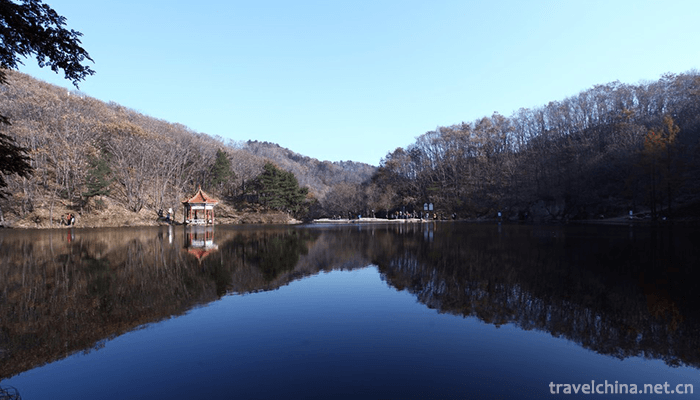
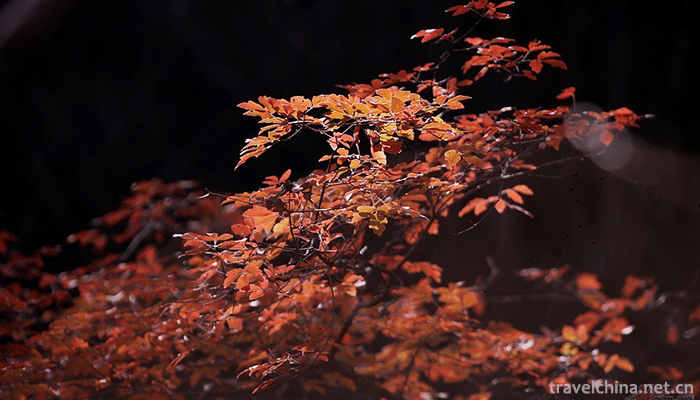
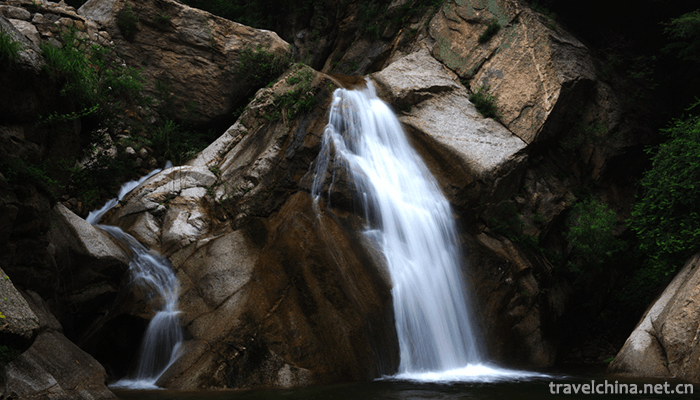
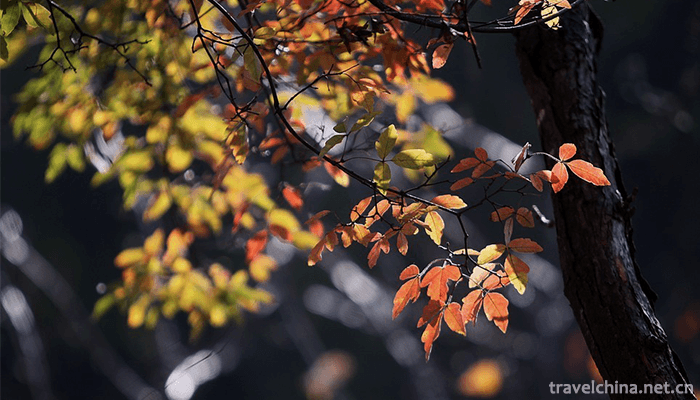
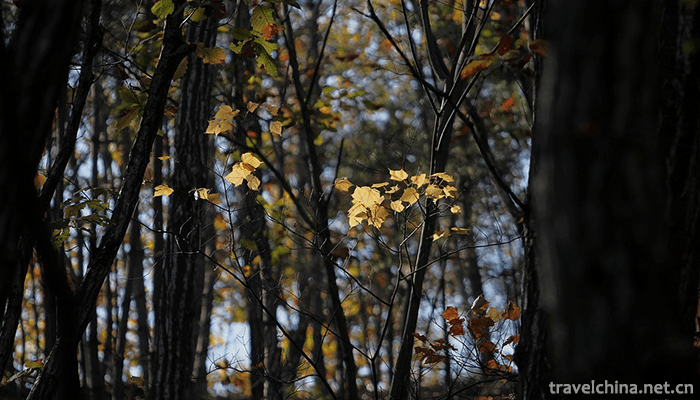
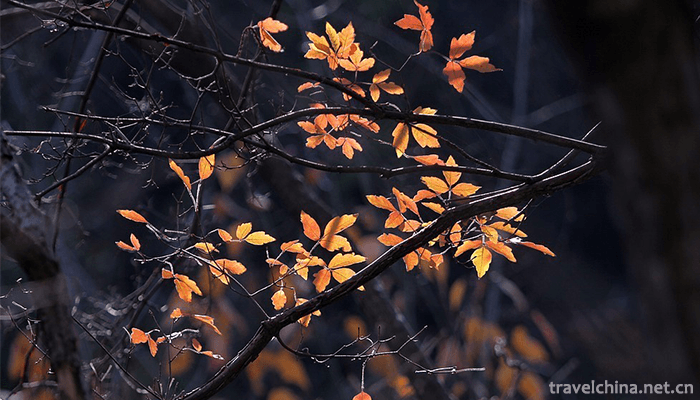
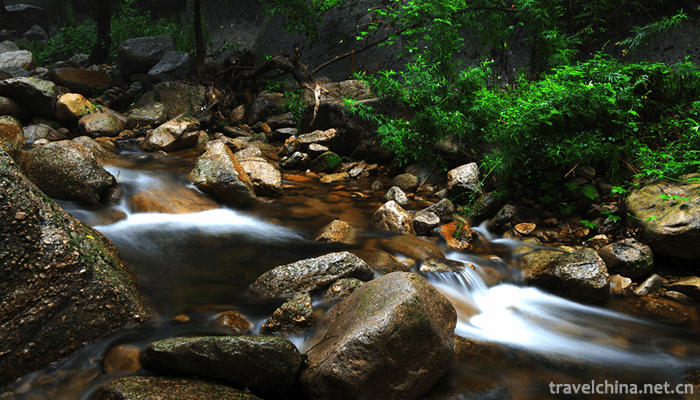
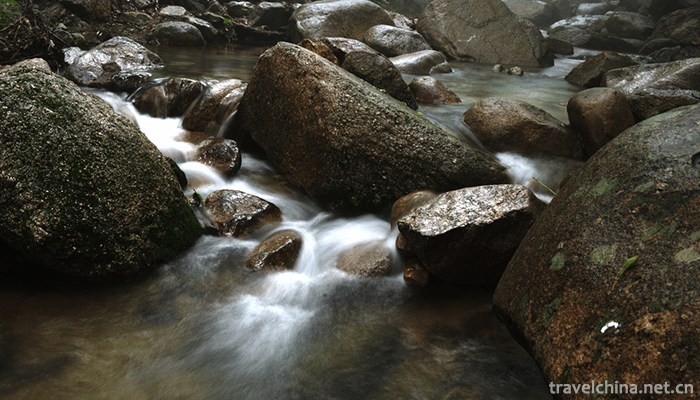
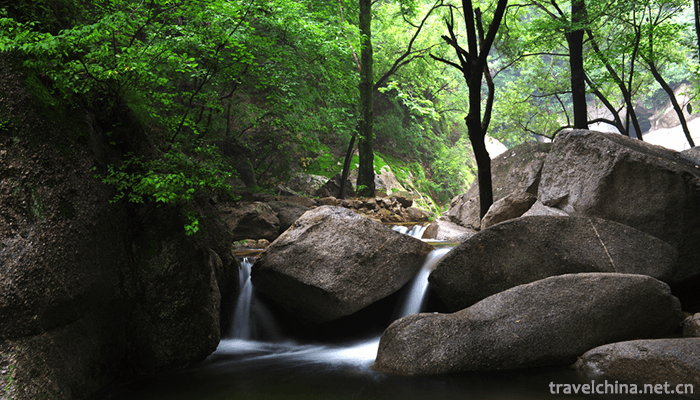
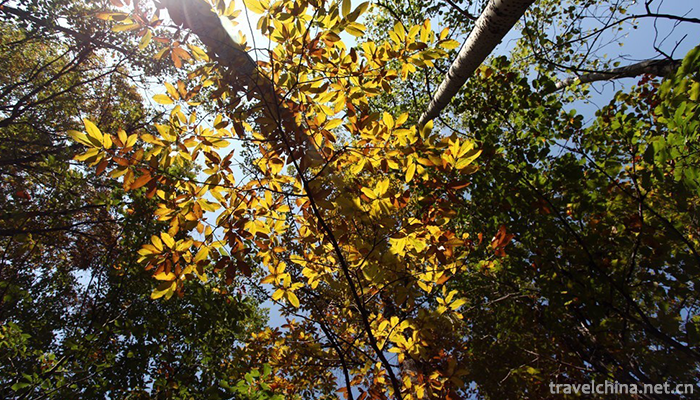
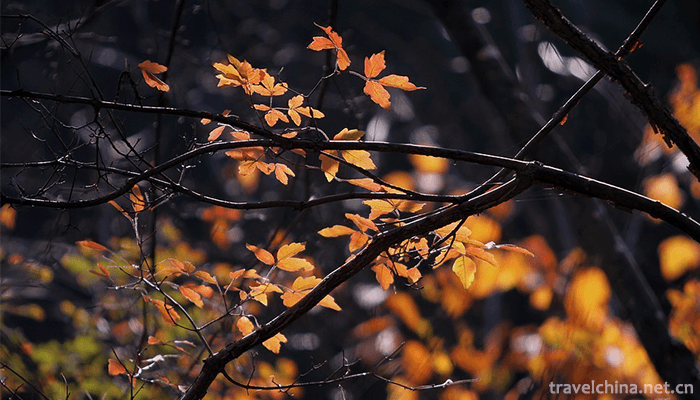

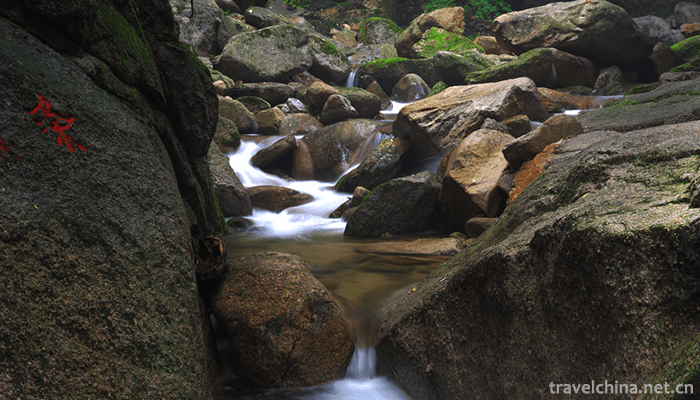
0 Questions
Ask a Question
Your email address will not be published.